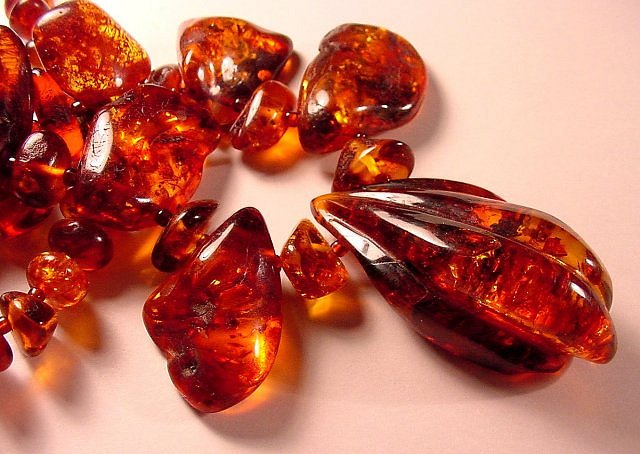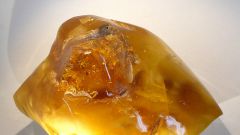Instruction
1
Imitations of amber are usually made from Copal, plastic, celluloid, glass and synthetic resins. Often a fake put internal inclusion, simulating a fossil of an insect or a leaf of an ancient fern, which should increase the value of the stone.
2
To identify a fake note not the product (for example, in place of the holes of amber beads). Fake amber is easily crumbles and breaks off. If you heat the crumbs the product of artificial material at the tip of a knife, they will emit the unpleasant characteristic odor.
3
Another way to check the authenticity of amber is to put it in strong brine, where it needs to stay on the surface, while in pure water it sinks.
4
A professional with special equipment, will reveal the imitation is even easier – natural amber under UV light, emits blue light.
5
Young or "immature" amber called Kopal. Age digging is usually not millions of years, but only a few tens of thousands. Modern technologies allow to dig, identical to natural stone, resin trees.
6
In order to distinguish Copal from full amber in an inconspicuous area of the product, apply a drop of alcohol and apply to this place the finger. The sticky surface will give digging. The second method of detecting dig – apply for a couple of seconds a drop of acetone on the surface of the inspected material. If in this place there is a spot, we are dealing with Kopal. This method should be used with caution as prolonged exposure to acetone even natural amber can remain the spot (it is removed by polishing).
7
Keep in mind that counterfeiting of plastics should be distinguished from natural pressed amber. Only a small fraction of produced natural stone has large dimensions; a large part is a small pieces of stone, were treated by extrusion. Upon closer examination, this amber seems composed of small pieces, but it's still a natural material with inherent natural properties.

